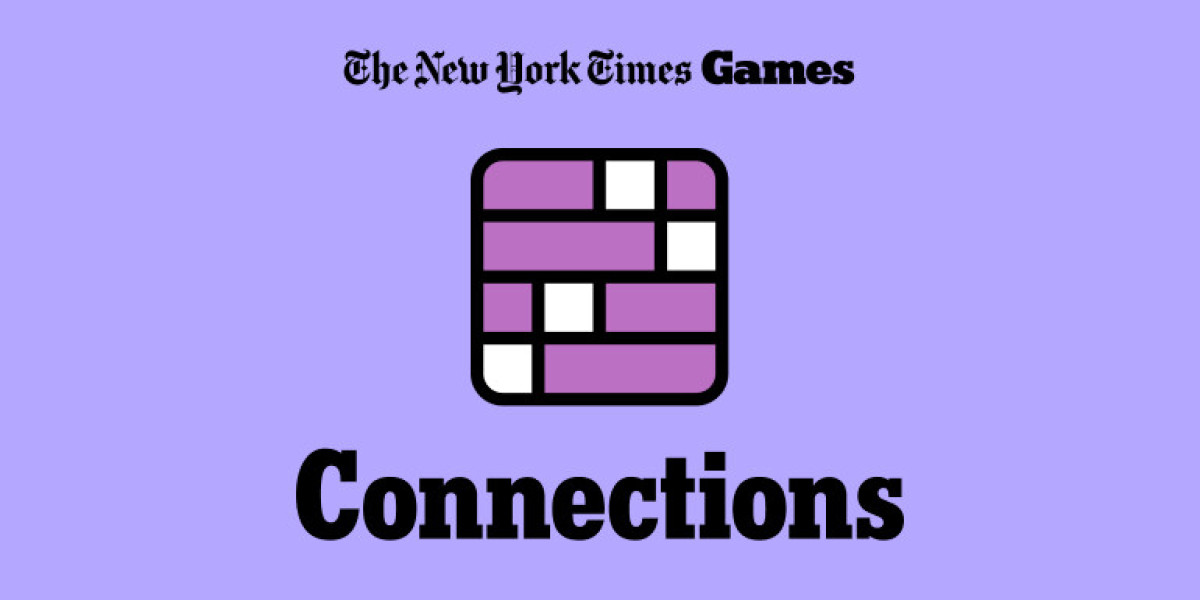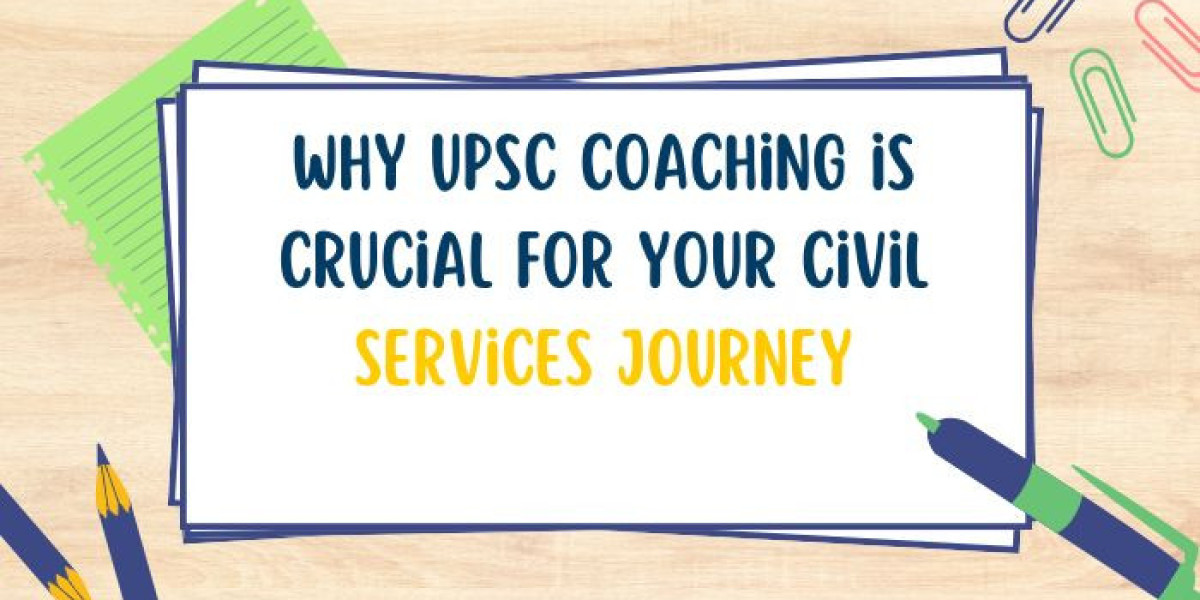Introduction to NYT Connections
If you've ever found yourself captivated by the daily challenge of NYT Connections, you're not alone. This engaging word game has become a staple for puzzle enthusiasts, offering a delightful blend of vocabulary, pattern recognition, and lateral thinking. Whether you're a seasoned solver or a curious newcomer, this guide will walk you through the essentials of mastering NYT Connections.
NYT Connections is a daily word puzzle developed by The New York Times. The objective is to group 16 seemingly unrelated words into four sets of four, each connected by a common theme. These themes can range from straightforward categories like "Colors" to more abstract connections such as "Words Associated with Time." The game challenges players to think critically and make connections that aren't immediately obvious.
Understanding Rules & Objective of the Game
The rules of Connections NYT are simple yet challenging:
Objective: Identify four groups of four words that share a common theme.
Attempts: You have a limited number of attempts to correctly group the words.
Difficulty Levels: The groups are color-coded by difficulty:
Yellow: Easiest
Green: Easy
Blue: Medium
Purple: Hardest
Strategy: Be cautious with your guesses; incorrect groupings count against your allowed attempts.
The game resets daily, providing a fresh challenge every 24 hours.
Tips For Finding Common Patterns & Words
Success in NYT Connections hinges on your ability to discern patterns and relationships between words. Here are some strategies to enhance your pattern recognition skills:
Start with the Obvious: Identify any words that clearly belong together. For example, if you see "Red," "Blue," "Green," and "Yellow," it's likely they form a group related to colors.
Look for Synonyms and Antonyms: Words with similar or opposite meanings often form a group. For instance, "Happy," "Joyful," "Elated," and "Content" could be grouped as synonyms for happiness.
Consider Homophones and Homonyms: Words that sound alike or have multiple meanings might be connected. Think about "Bark" (tree covering) and "Bark" (dog sound).
Think About Categories: Groupings can be based on categories like animals, professions, or tools. Identifying these can help you form correct groups.
Watch for Wordplay: The game often includes puns or plays on words. Be open to creative interpretations of the words presented.
How To Improve Your Speed & Accuracy
Improving your performance in NYT Connections involves both practice and strategy. Here are some tips to enhance your speed and accuracy:
Practice Regularly: The more you play, the better you'll become at recognizing patterns and themes.
Limit Distractions: Play in a quiet environment to maintain focus and reduce the likelihood of mistakes.
Use a Process of Elimination: If you're unsure about a group, eliminate words that clearly don't fit together. This can help narrow down the possibilities.
Time Yourself: Challenge yourself to complete the puzzle within a set time frame. This can help improve your speed over time.
Review Mistakes: After completing a puzzle, review any incorrect groupings to understand your mistakes and avoid them in the future.
Advanced Techniques For Solving Difficult Puzzles
As you become more proficient, you'll encounter more challenging puzzles. Here are some advanced techniques to tackle them:
Think Laterally: Some groupings require creative thinking. For example, "Bass," "Drum," "Guitar," and "Piano" could be grouped as musical instruments. But if "Bass" is intended as a fish, it might belong in a different group.
Consider Word Origins: Etymology can provide clues. Words derived from the same root may be grouped together.
Look for Hidden Themes: Sometimes, the connection isn't immediately apparent. For instance, "Mercury," "Venus," "Mars," and "Jupiter" are all planets.
Use External Resources: If you're stuck, consulting a thesaurus or dictionary can help identify connections you might have missed.
Collaborate with Others: Discussing the puzzle with friends or online communities can provide new perspectives and insights.
Benefits Of Playing NYT Connections Game
Engaging with NYT Connections offers several cognitive and psychological benefits:
Enhanced Vocabulary: Regular play exposes you to new words and meanings, expanding your vocabulary.
Improved Pattern Recognition: The game sharpens your ability to identify patterns and relationships between concepts.
Boosted Cognitive Flexibility: Switching between different themes and categories enhances mental agility.
Stress Relief: Focusing on the puzzle can provide a relaxing break from daily stressors.
Sense of Accomplishment: Successfully completing a challenging puzzle can boost confidence and provide a sense of achievement.
FAQs
Q: How often is the NYT Connections puzzle updated?
A: The puzzle is updated daily, providing a new challenge every 24 hours.
Q: Can I play previous puzzles?
A: Currently, NYT Connections does not offer access to past puzzles. Each day's puzzle is available only on that day.
Q: Is there a way to track my progress?
A: While the game doesn't have a built-in tracking system, you can manually record your performance to monitor improvement over time.
Q: Are there any tools to help with difficult puzzles?
A: Online communities and forums often discuss daily puzzles and can provide hints or strategies for challenging groupings.
Conclusion
Mastering NYT Connections is a rewarding endeavor that combines fun with cognitive development. By understanding the game's mechanics, employing strategic thinking, and practicing regularly, you'll enhance your ability to discern patterns and make connections. So, the next time you tackle the puzzle, approach it with confidence and curiosity—you might just surprise yourself with the connections you uncover.







